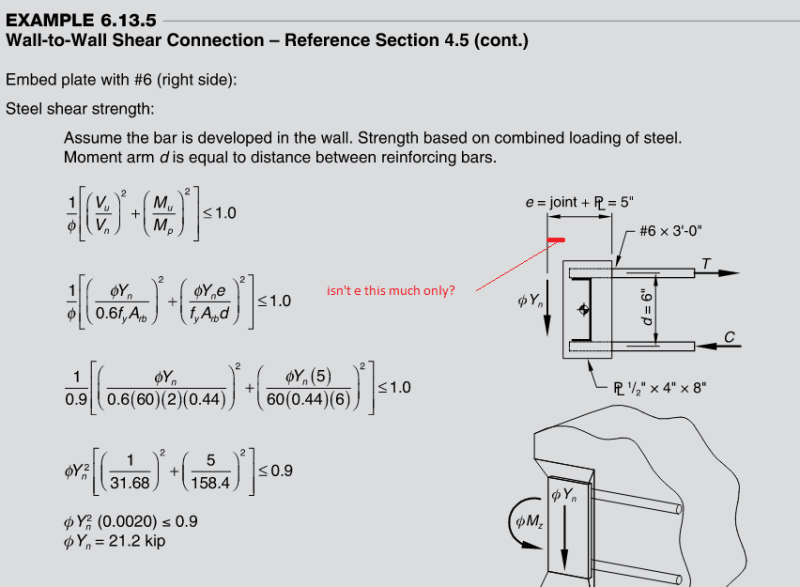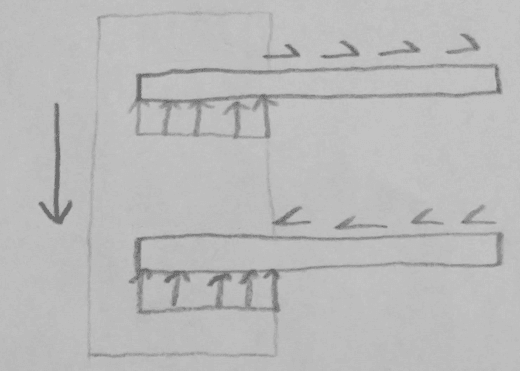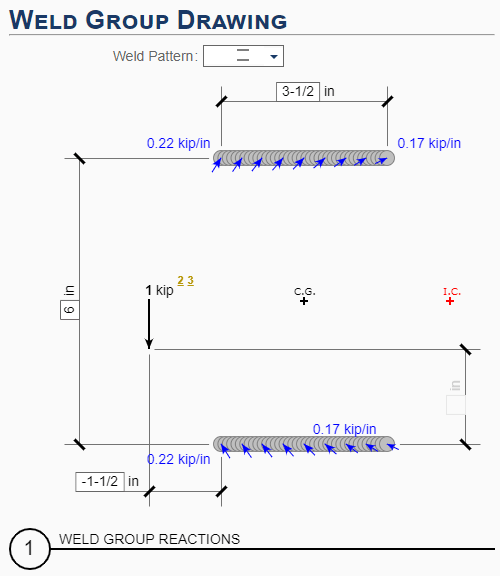Thank you for your help
I still don't fully understand.
Lets ignore the combined check for shear and focus on moment only for now.
I would consider the e from V* to the start point of weld to get the tension and compression. And then check the weld to the tension & compression as well as the bar capacity to tension and compression separately.
If e is from taken to the plate edge when checking the bar capacity, then if I increase the plate width, the moment will be increase and thus the capacity will reduce. That doesn't make much sense to me?




